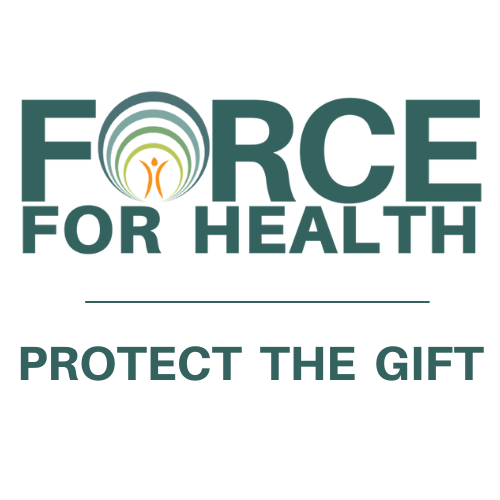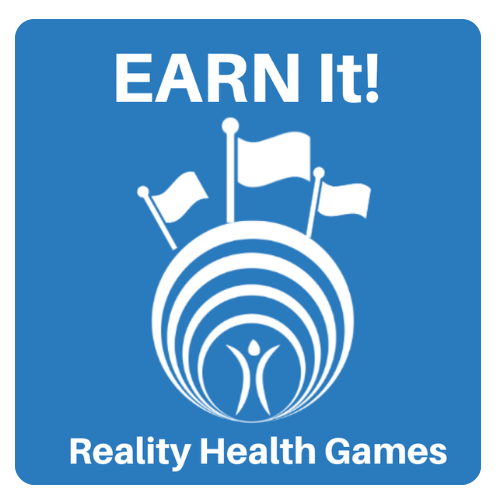An estimated 795,000 Americans suffer a stroke each year, amounting to one stroke every 40 seconds, according to the Stroke Awareness Foundation.
Every 4 minutes, someone dies from a stroke, according to the American Stroke Association.
Due to racial/ethnic disparities that affect many Latinos, stroke is the fourth-leading cause of death in Latino men and the third for Latina women.
Stroke is also a top cause of serious, long-term disability.
The Stroke Awareness Foundation found that within 5 years of a first stroke, 25% of survivors will face another, complicating health for more than 7 million survivors.
This makes access to care critical, especially for Latinos, who often lack health insurance.
However, Latinos were less likely than their peers to be treated at a rehab facility or receive health care at home following stroke hospitalization, according to a recent study by the Cleveland Clinic in Neurology Clinical Practice.
Let’s explore these findings and the disproportionate impact of stroke on Latinos.
Study Findings on Stroke and Latinos
As part of the study, “Racial, Ethnic, and Regional Disparities of Post-Acute Service Utilization After Stroke in the United States,” Cleveland Clinic researchers examined the health records of 1.1 million individuals who suffered stroke.
When looking at the actions following discharge, including rehabilitation facilities or nursing homes, home health care, or no services, researchers determined that 3% died following hospitalization, 36% were discharged to a facility, 15% sought home health care, and 43% went home with no care services, according to an accompanying news release.
While reviewing the results by racial and ethnic groups, insurance, and geographic regions, the study revealed that 49% of Latinos were discharged home without home health care, compared to 42% of white people.
What’s more, only 29% of Latinos were discharged to a rehab facility or nursing home, compared to 37% of white and Black individuals.
“Receiving the right care after a stroke is crucial to recovery and minimizing disability,” study author Dr. Shumei Man of the Cleveland Clinic in Ohio and a member of the American Academy of Neurology said in the news release.
“Unfortunately, decisions about care may be influenced by factors such as race, insurance, and geographic location. Our study found a distinct pattern of disparities in care after stroke in the U.S. for uninsured people, especially for uninsured Hispanic people, who had the lowest chance of receiving additional care after a stroke,” Man added.
Insurance’s Impact on Post-Stroke Care in Latinos
The Cleveland Clinic study’s findings correlated with disparities, such as lack of access to post-stroke services and insurance coverage, along with other related factors.
 Individuals with no insurance were 56% less likely to be placed in the care of a health care facility over home care over returning home with no services and 21% less likely to have home health care services compared to no services.
Individuals with no insurance were 56% less likely to be placed in the care of a health care facility over home care over returning home with no services and 21% less likely to have home health care services compared to no services.
Latinos receiving Medicare or Medicaid were 20% less likely to be discharged to a facility than to home, compared to their white peers with similar insurance.
Uninsured Latinos were 26% less likely to receive post-stroke health care at home than white Americans.
Disparities in post-stroke care didn’t seem to impact Latinos and other individuals with private insurance.
“These findings indicate that targeted efforts are needed to improve access to care after stroke for people without insurance, especially Hispanic people, as well as those in specific regions to ensure optimal recovery and successful community transition for all people across the country,” Man said.
Latinos and Stroke
The Cleveland Clinic study’s findings are particularly alarming given the inequities in healthcare, food access, transportation, and more that many Latinos face that contribute to higher risk factors for adverse health conditions and diseases.
“A stroke occurs when a blood vessel that carries oxygen and nutrients to the brain is either blocked by a clot or bursts. It can cause permanent disability or even death,” according to the American Stroke Association.
Common risk factors associated with stroke are high blood pressure, diabetes, being overweight and obese, high cholesterol, smoking, stress, and impacts from social determinants of health (SDoH).
Many Latinos are disproportionately affected by one or many of these risk factors.
Due to lack of access to affordable nutritious foods and safe green spaces for physical activity and play, Latinos are at higher risk of developing diabetes at a young age.
One of the leading risk factors for developing diabetes is being overweight or obese.
The American Stroke Association found that 80% of Latinos older than 20 are overweight or obese and 30% of adult Latinos exhibit high levels of cholesterol.
Long-Term Health Impacts of Stroke
As one of the leading causes of death in the US, stroke can also cause serious long-term health impacts that severely affect a survivor’s quality of life and longevity.
Suffering a stroke can cause negative neurological affects, such as changes in mood and outlook along with emotional and behavioral changes, according to the American Stroke Association.
Depending on the severity and location of the stroke, the survivor may experience feelings of irritability, forgetfulness, carelessness, inattention, or confusion.
Other adverse health impacts are more emotional in nature.
Stroke can often cause feelings of fear, frustration, anger, grief, sadness, anxiety, and depression.
Survivors also must overcome numerous physical disabilities, which may require round-the-clock care.
Some stroke survivors may experience muscle weakness or paralysis, a condition known as drop foot where your toes catch on the ground when you step, decreased physical stamina, pain, fatigue, changes in sensation, and seizures, according to the American Stroke Association.
The ill-effects of stroke can diminish over time with adequate care and rehabilitation along with a strong support system.
Decrease Your Risk Factors for Stroke
According to the Stroke Awareness Foundation, 80% of strokes are preventable by taking necessary steps to change your habits and live a healthy lifestyle.
Reducing your salt intake and eating more fruits and vegetables can significantly decrease the risk of developing obesity, high cholesterol, and diabetes, according to the American Stroke Association.
Increasing your physical activity can also have positive impacts on your mental and physical health, including helping to manage stress.
Smoking can increase your risk for developing any disease and adverse health condition.
Quitting the habit can add 10 years to your lifespan, according to the Centers for Disease Control and Prevention.
Latinos looking to kick the habit of smoking can do so with help from Quitxt, a free English or Spanish text-message service that turns your phone into a personal “quit smoking” coach from UT Health San Antonio.
To join Quitxt, text “iquit” (for English) or “lodejo” (for Spanish) to 844-332-2058.

Along with controllable risk factors, uncontrollable risk factors such as age, gender, social conditions, family medical history, and a history of previous strokes can increase your risk for stroke.
Lastly, understanding and being able to identify the warning signs of an impending stroke can make a difference in treatment, recovery, and life and death, the association says.
Warning signs of stroke include face drooping, arm weakness, and speech difficulties.
If you or a loved one are experiencing any of these signs, call emergency services right away.
How Do We Increase Access to Post-Stroke Care?
The Cleveland Clinic study concluded that insurance continues to be one of the biggest barriers to healthcare.
While Medicaid, Medicare, and other programs help low-income families and seniors afford the cost of treatment, these programs can be limited and have strict criteria to benefit from them.
Expanding these programs in states like Texas and Florida, which have large Latino populations, can increase access to life-saving care.
Another issue facing Latinos seeking post-stroke care are the social determinants of health, such as access to healthcare services, exposure to dangerous environmental hazards, and inequities in housing.
Those disparities can greatly affect someone’s quality of life and the outcomes of their overall health.
The root causes of these issues persist, but addressing some of the social determinants of health on a community level can have a lasting impact.
Stay informed about the inequities driving your community’s health by downloading a free Health Equity Report Card from Salud America!
The Health Equity Report Card is specifically tailored to where you live.
Use the maps, graphs, and charts contained in the Health Equity Report Card to propose a community initiative, advocate for change with local leaders, or share it online with your social media network.
GET YOUR HEALTH EQUITY REPORT CARD!
The post Many Latinos Face Inequities in Post-Stroke Care appeared first on Salud America.






